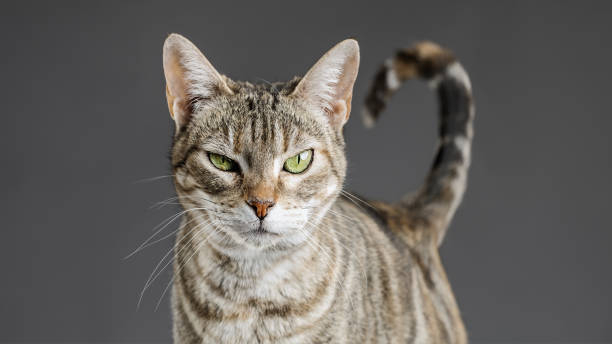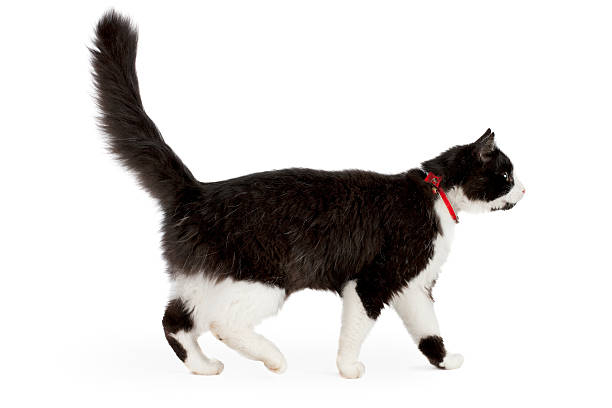How does a cat’s tail help keep the animal balanced?

The tail contains around 10% of a cat's bones and is needed to keep the animal balanced. A cat's tail is essential to its "righting reflex", which allows it to land on its feet after falling from a great height. Cats can withstand a lengthy fall because they learn agility and balance as kittens. When a cat falls, the fluid in its inner ear moves, and the cat turns its head until the fluid equalizes and is level. The cat's body moves to follow the head, and the cat falls on its feet. A cat's tail may also be used to communicate. A cat with its tail lifted high indicates that it is content.
A twitching tail indicates that it is furious or on alert, but a tail curled in close to the body indicates uneasiness or fearfulness. Tails aren't only for balance. Larger breeds of cats, such as Maine coons, can occasionally wrap their tails firmly around their bodies to keep warm in the cold. When cats move on tight routes, the tail can also be used to evaluate distances. Communication is another well-known function of cats' tails. A swishing tail indicates displeasure, a puffed-up tail indicates dominance or combat, and a fully erect tail indicates welcoming.

















